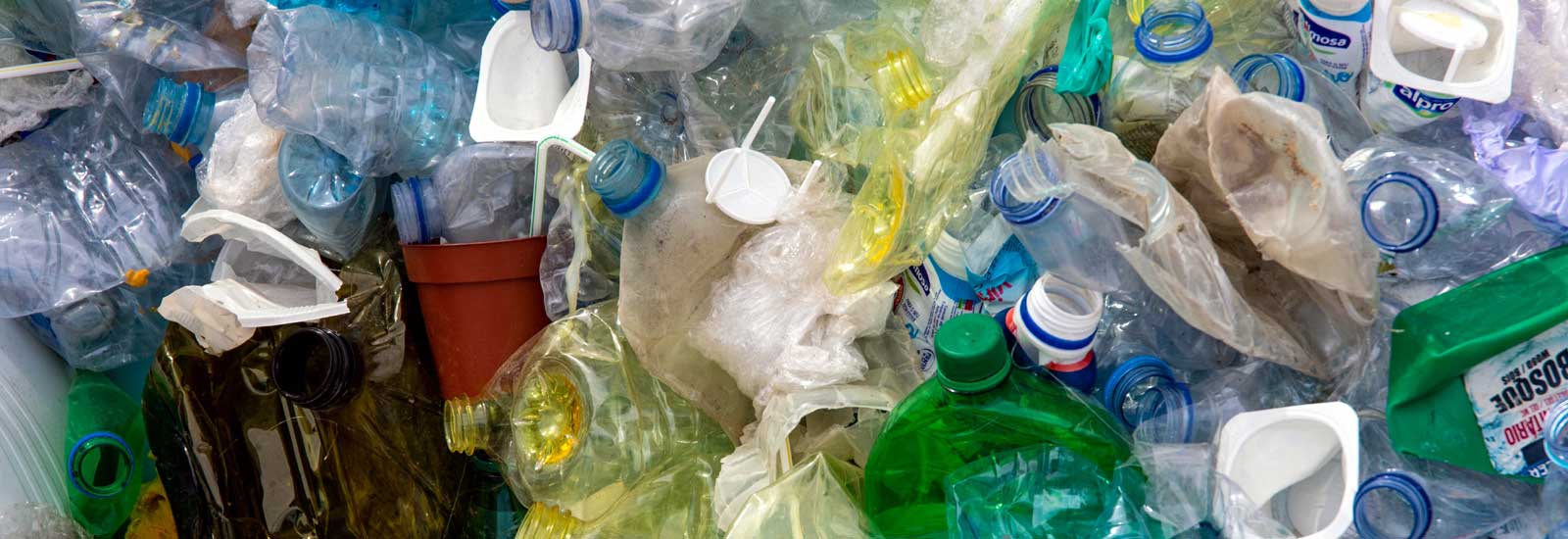Despite some advances, the food industry’s use of plastic is expanding as quickly as is demand for it. On one hand, plastics offer a range of benefits for food manufacturers, including protection against contamination, preservation of food freshness, and ease of transport and storage. However, on the other hand, the environmental impact of plastic waste has led to increased scrutiny of the use of plastics in the food industry.
Plastic in the food industry fills many needs because it is so good at protecting food products from contamination. In addition to increasing product shelf life, plastic packaging can prevent bacteria from entering food it reduces the risk of food-borne illness. This is particularly important for products such as meat, dairy, and other perishable goods.
Plastics also make it possible to transport and store food products over long distances. It’s found in almost all areas of food, including fruits, grains, pulses and sugar. The lightweight and durable nature of plastics allows for efficient and cost-effective transportation and storage, which is particularly beneficial for food products that need to be shipped to distant markets. However, the use of plastics in the food industry also has several downsides.
- One of the main concerns is the environmental impact of plastic waste. Plastic packaging can take hundreds of years to decompose, and it is estimated that over 8 million metric tons of plastic end up in the ocean each year. This has led to an increase in plastic pollution, which can harm marine life and damage the ecosystem.
- Another issue with plastics in the food industry is that they can leach chemicals into food products. Some plastics contain chemicals such as Bisphenol A (BPA) that can potentially be harmful to human health. This has led to increased pressure on food manufacturers to use safer, BPA-free alternatives.
All sectors of the food industry seem to be drowning in a sea of plastic but single use plastics are particularly troubling. Single-use plastics are disposable items made of plastic that are used for a short period of time before being discarded. Common examples include grocery bags, straws, utensils, and water bottles. These products are often made from polyethylene or polypropylene, two of the most common types of plastic. They are designed to be used once and then thrown away, making them very convenient but also very wasteful.
Many food manufacturers and retailers have taken steps to reduce their use of plastics. Some have switched to alternative packaging materials such as paper and glass, while others have implemented recycling and waste reduction programs. Additionally, governments and organizations around the world have introduced legislation and regulations to reduce the use of plastics in the food industry.
And yet it seems that the use of plastics in the industry is increasing, not decreasing. By 2050 plastic will be responsible for up to 13% of the total “carbon budget” – equivalent to 615 coal-fired power plants, according to a research conducted by The Guardian. According to some estimates the packaging sector accounts for about 35% of the entire polymer utilization.

